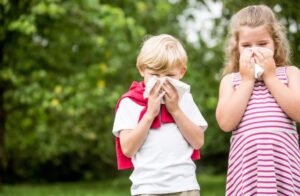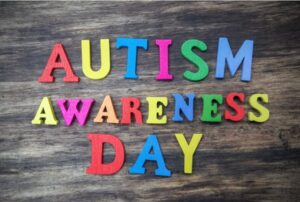When children have a fever, parents often have questions about their diet, especially when it comes to whether or not milk is suitable. Milk is a common source of nutrition in our daily diet, but is it appropriate to give milk to children when they have a fever? Today, let’s explore this issue, discuss the pros and cons of drinking milk during a fever, and help parents make informed decisions.
The Nutritional Value of Milk for Children
Let’s first take a quick look at the nutritional benefits of milk. Milk is rich in protein, calcium, and vitamin D, which are all important for a child’s growth and development, as well as bone health and the immune system. The high protein content in milk helps provide energy, allowing children to maintain the necessary nutrients their bodies require.
However, when a child has a fever, their digestive system might be temporarily weakened, which could impact the absorption of milk. We need to examine whether milk is suitable to drink in this condition.
Potential Issues with Drinking Milk During a Fever
Although milk is nutritious, it’s not necessarily suitable for every child when they have a fever. During a fever, a child’s body uses more energy, and their digestive system might become more vulnerable. If their digestive system is compromised, drinking milk could place additional strain on their stomach, leading to discomfort.
- Indigestion: When a child has a fever, their digestive function could be affected. The protein and fat in milk may take longer to digest and could result in symptoms like stomach pain or diarrhea, particularly in children with weaker digestive systems during illness.
- Increased Mucus Production: In some children, milk may cause mucus production, especially in the throat. This could worsen throat discomfort, lead to coughing, and even cause irritation in the throat, which may be particularly problematic if the child is already struggling with congestion.
- Lactose Intolerance: Some children are lactose intolerant, meaning they may experience symptoms like diarrhea, bloating, or stomach cramps after consuming milk. For these children, it’s best to avoid milk during a fever.
When is Milk Okay to Drink During a Fever?
Not all children should avoid milk when they have a fever, and whether it’s okay to drink milk depends on the child’s health and the severity of the fever. For children who do not have digestive issues and whose fever is mild, drinking a small amount of milk may not cause any problems and could provide some nutritional support.
Recommendations for Drinking Milk in Small Amounts:
- Warm Milk: Avoid giving children cold milk when they have a fever, as cold food could irritate the stomach and lead to discomfort. It’s best to offer them warm milk to prevent this issue.
- Small, Frequent Amounts: Instead of giving large amounts of milk at once, try offering small portions over the course of the day. This helps avoid overloading the digestive system and ensures better nutrient absorption.
- Combine with Other Foods: If a child is reluctant to eat, you can combine milk with easy-to-digest foods like bananas or oatmeal, which may help with digestion and improve their overall nutrient intake.
When Should You Avoid Milk?
- High Fever: If a child’s fever exceeds 38.5°C (101.3°F) and is accompanied by other severe symptoms such as intense coughing, vomiting, or diarrhea, it’s best to avoid milk. At this point, the child’s digestive system might be too sensitive to handle milk.
- Lactose Intolerant Children: If a child is known to be lactose intolerant or has previously experienced symptoms like diarrhea after drinking milk, it’s a good idea to substitute with plant-based milk or lactose-free milk alternatives.
- Gastrointestinal Symptoms: If the child has additional symptoms such as vomiting or diarrhea along with a fever, milk could exacerbate gastrointestinal discomfort, so it’s advisable to avoid it during this time.
Alternative Solutions
If milk is not appropriate when a child has a fever, parents can consider other ways to provide hydration and nutrition:
- Broth or Chicken Soup: Clear broth can help provide hydration and some nutrition, and chicken soup, in particular, has soothing effects, making the child feel warm and comfortable.
- Warm Water or Saline Solution: Staying hydrated is crucial, especially during a fever. Warm water or a mild saline solution can help maintain the fluid balance and promote recovery.
- Fruit Juices: If the child is willing to drink fruit juice, freshly squeezed orange juice or apple juice is rich in vitamin C and can help boost the immune system.
Conclusion
Whether to give milk during a fever depends on the child's specific condition and the severity of the fever. For children with no digestive issues and mild fever, small amounts of milk may provide essential nutrients. However, if the child has a digestive sensitivity, lactose intolerance, or a high fever, it’s best to avoid milk and opt for other hydration and nutrition options. Above all, parents should pay close attention to their child's individual needs and respond accordingly to ensure their health and comfort.
References:
- Mayo Clinic. (2023). Fever in children: What to do.
- National Health Service (NHS). (2022). Fever in children.
- American Academy of Pediatrics. (2021). Fever and its management in children.













